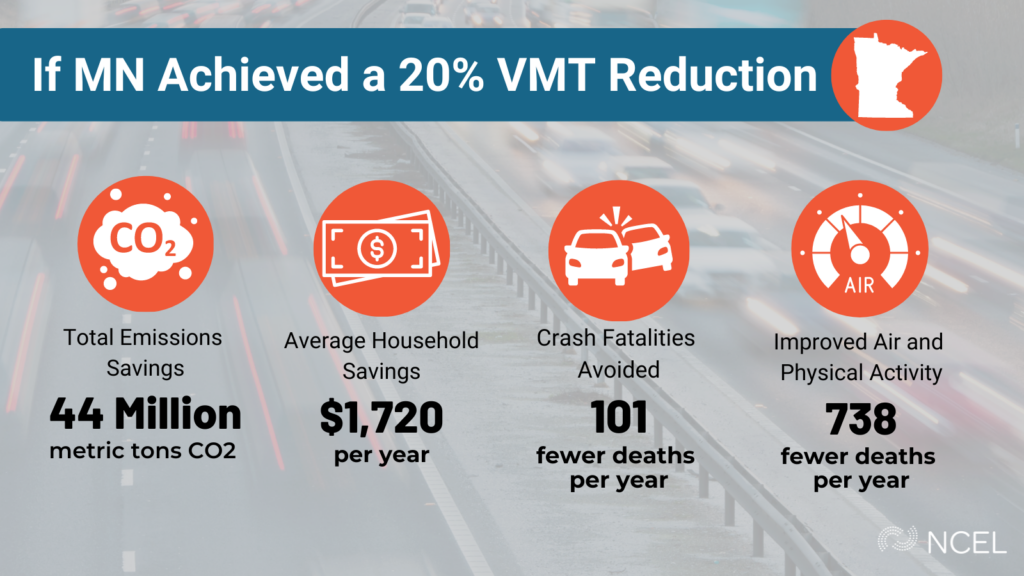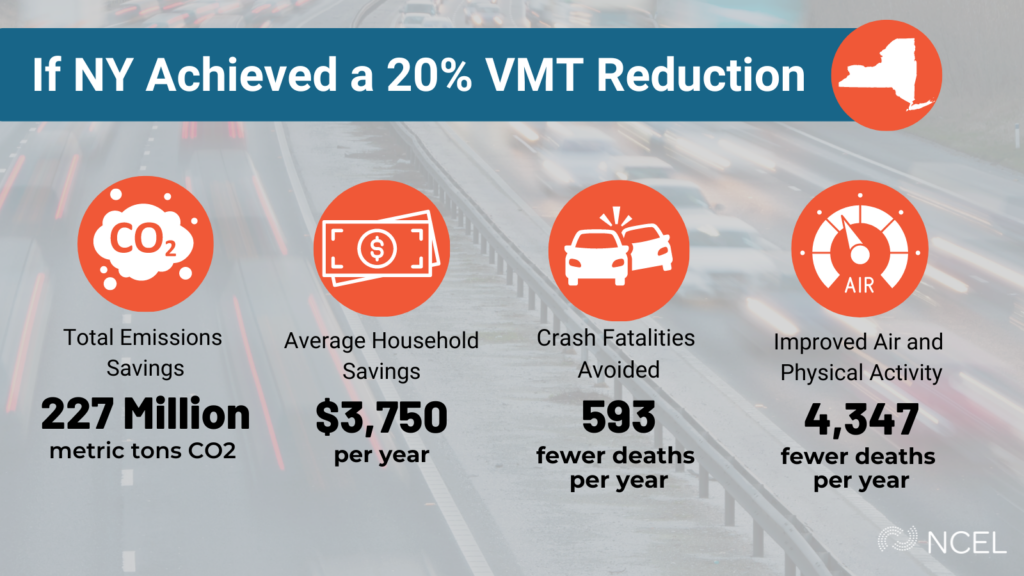
Blog
Ensuring Climate-Smart Transportation Planning
March 5, 2024
Overview
With the passage of the Bipartisan Infrastructure Law (BIL) and the Inflation Reduction Act, state Departments of Transportation (DOTs) are able to invest in projects that have been underfunded for decades with wide discretion on what to spend this increased funding on. However, many have chosen to allocate most of the infrastructure funding to highway expansions and other projects that cause more traffic and emissions. This is despite the fact that 90% of transportation funds within BIL will be disbursed as noncompetitive formula funds that states can spend on a host of different projects.
A new Transportation for America analysis calculates that more than 178 million tons of greenhouse gases will be emitted due to planned highway expansions by 2040. And currently, only a fifth of the BIL money has gone to public transit.
Colorado and Minnesota Lead The Way
Even states with ambitious emissions reduction targets have been at odds with their DOTs. This is why Minnesota and Colorado passed legislation to ensure that their DOTs evaluate projects based on its contribution to climate change and vehicle miles traveled (VMT).
The laws require the Departments of Transportation and metropolitan planning organizations (MPOs) to quantify the greenhouse gas impacts of all new surface transportation projects, including those created through induced demand. If the state or MPO exceeds their allocated climate pollution levels for a project, they can offset that impact through mitigation measures that reduce VMT, such as building new bike and pedestrian infrastructure and expanding transit service.
Minnesota
By reducing VMT and increasing access to multimodal transportation options, states have the ability to dramatically reduce emissions while also increasing the quality of life for communities. A RMI’s analysis of Minnesota, showed benefits of decreasing vehicle miles traveled by 2050. These benefits included reducing emissions, household savings, avoided crash fatalities, and few deaths due to improved air quality and physical activity.

Colorado
Colorado’s program was enacted in 2021 and has already shown marked benefits to the state’s transportation network. Before the enactment of the Greenhouse Gas Transportation Planning Standard, Colorado’s DOT was intending to expand I-25 in the middle of Denver, but once the required emissions calculations went into effect, those funds went instead to fund five new bus rapid transit (BRT) projects around Denver.
Other State Action in 2024
Seeing the success of these policies in Minnesota and Colorado, both New York State and Maryland have introduced legislation in the 2024 session to create similar GHG standards for their DOTs. Using RMI’s Smarter MODES Calculator, it is easy to see the benefits that transportation planning standards will have in these states.
New York
If New York achieved 20% per capita VMT reduction compared by 2050 to business as usual, it would have an average household savings of $3,750 per year, 593 fewer car crash fatalities per year, and 227 million metric tons CO2 emissions reduction by 2050.

Maryland
Maryland would have an average household savings of $3,271 per year, 171 fewer car crash fatalities per year, and 78 million metric tons CO2 emissions reduction by 2050.

Learn More
Transportation is one of the highest emitting sectors in the United States, and state departments of transportation are in key positions to either help or hinder the reduction of those emissions. Requiring climate-smart transportation planning is critical to ensuring that emission reduction targets are met and the quality of life of communities across the country are improved.